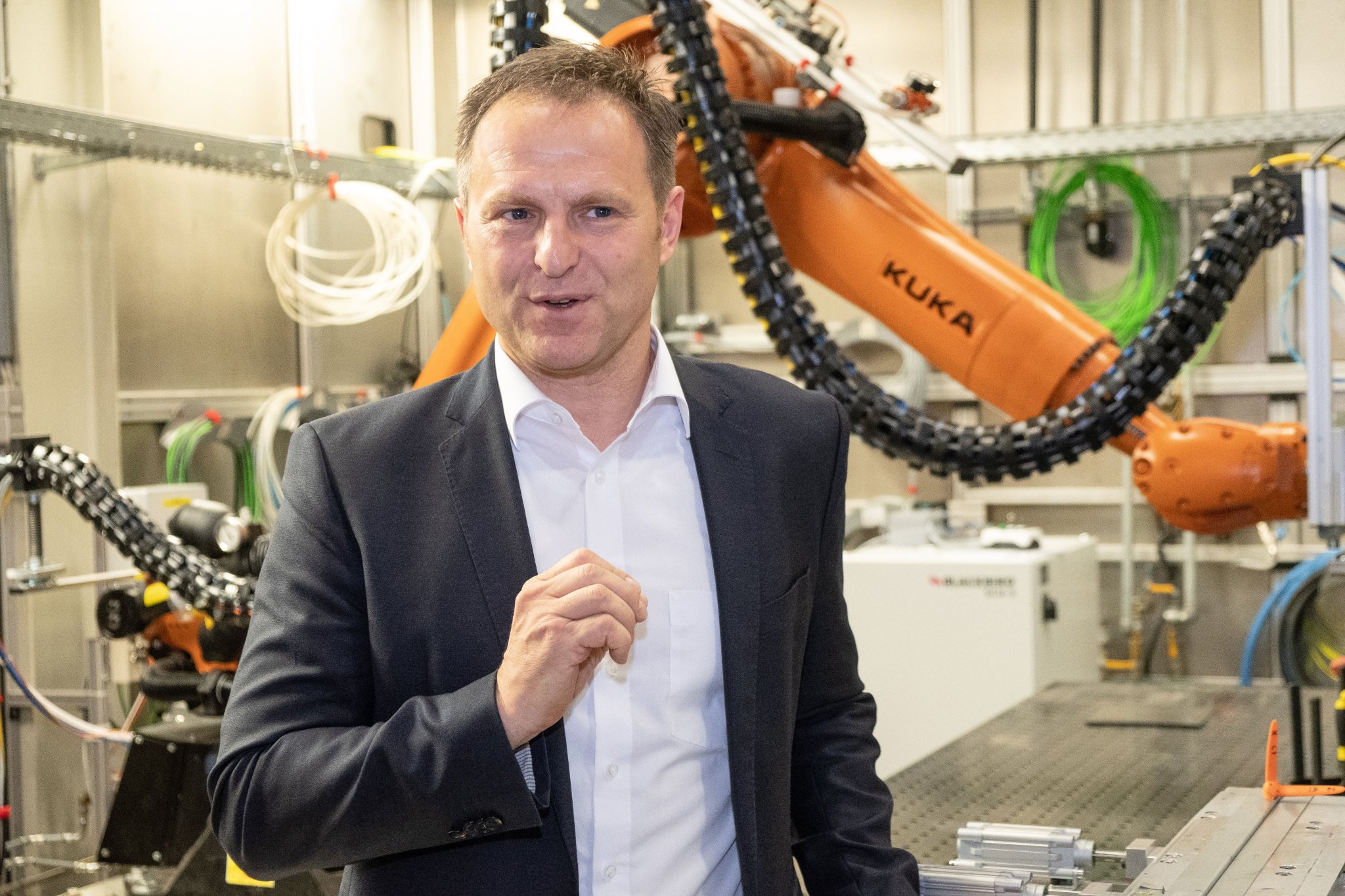Volkswagen is working on a new process for 3D printing to be used in mass production. The company says the new Metal Jet process by printer manufacturer HP simplifies and speeds up metallic 3D printing, improving productivity by up to 50 times faster compared to other 3D printing methods.
With the announcement, Volkswagen is declaring 3D printing as mass-production ready in automotive industry. Together with printer manufacturer HP and component manufacturer GKN Powder Metallurgy, the German marque is pressing ahead with the development of the technology for mass production. The partners presented the new process for the first time at the International Manufacturing Technology Show (IMTS) in Chicago this week.
Dr Martin Goede, Head of Technology Planning and Development, Volkswagen, said: “Automotive production is facing major challenges: our customers are increasingly expecting more personalisation options. At the same time, complexity is increasing with the number of new models. That’s why we are relying on state-of-the-art technologies to ensure a smooth and fast production. 3D printing plays a particularly important role in manufacturing of individual parts.”
Volkswagen says one of its vehicles is manufactured from 6000 to 8000 different parts. While previous 3D printing processes can only be used for the special production of individual parts or prototypes, the additive 3D Metal Jet technology from HP enables the production of a large number of parts using 3D printing without having to develop and manufacture the corresponding tools. This significantly reduces the time required to manufacture parts, making the process a serious consideration for the production of large quantities of parts in a short period of time.
“That’s why the new HP Metal Jet platform is an important step into the future for us as an automotive manufacturer, but also for the entire industry, and we look forward to helping shape this development and thus creating further added value for our customers in the future,” Dr Goede continued.
In collaboration with HP and GKN, Volkswagen is further developing the technology so that design elements can be printed in a small series at first. This will be required to produce individualised design parts such as tailgate lettering, special gear knobs or keys with personalised lettering for customers without a great deal of effort. Volkswagen say the plan is to be capable of offering this type of individualisation proposition to customers as soon as possible.
As early as next year, GKN says it intends to establish a process chain geared toward automotive production in collaboration with Volkswagen. The first small (design) components will be used to further develop the technology so that the first structural components for mass-production vehicles can be printed within two to three years.
“A complete vehicle will probably not be manufactured by a 3D printer any time soon, but the number and size of parts from the 3D printer will increase significantly,” explained Dr Goede. “Our goal is to integrate printed structural parts into the next generation of vehicles as quickly as possible. In the long term, we expect a continuous increase in unit numbers, part sizes and technical requirements – right up to soccer-size parts of over 100,000 units per year.”
According to Volkswagen, the new 3D printing process using the HP Metal Jet process is an additive process in which parts are produced layer by layer using a powder and binder. The component is then ‘baked’ into a metallic component using a sintering process. This differs from previous processes in which powder is melted by means of a laser.

